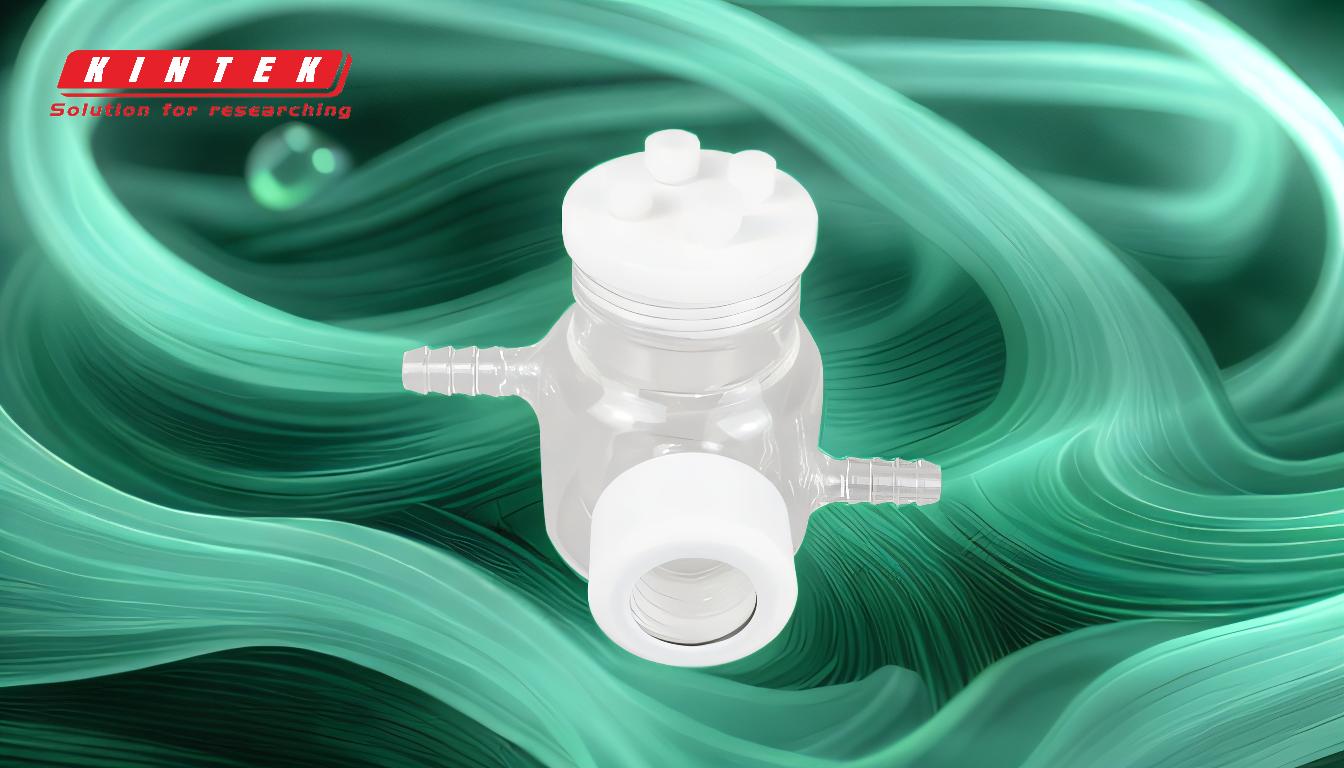Evaporation and concentration are processes used to remove water or other solvents from a solution, leaving behind a more concentrated mixture. Evaporation involves heating a liquid to its boiling point, causing the solvent to vaporize and separate from the solute. Concentration, on the other hand, refers to the increase in the proportion of solute in a solution, often achieved through evaporation. These processes are widely used in industries such as food processing, pharmaceuticals, and chemical manufacturing to reduce volume, improve storage, or prepare substances for further processing. The efficiency of these processes depends on factors like temperature, pressure, and the properties of the solvent and solute.
Key Points Explained:

-
Definition of Evaporation:
- Evaporation is the process by which a liquid turns into a vapor when heated to its boiling point. This occurs because the heat energy provided to the liquid increases the kinetic energy of its molecules, allowing them to escape into the gas phase.
- Example: In a laboratory setting, water can be evaporated from a solution by heating it on a hot plate.
-
Definition of Concentration:
- Concentration refers to the amount of solute present in a given volume of solvent. By removing the solvent (e.g., through evaporation), the solute becomes more concentrated.
- Example: In the food industry, fruit juices are often concentrated by evaporating water to reduce shipping costs and improve shelf life.
-
How Evaporation Works:
- Heat Application: Heat is applied to the liquid, increasing the energy of the molecules and causing them to transition from the liquid to the gas phase.
- Vaporization: The solvent molecules escape from the liquid surface, leaving behind the solute.
- Separation: The vaporized solvent can be collected or allowed to dissipate, depending on the application.
-
How Concentration Works:
- Volume Reduction: As the solvent evaporates, the volume of the solution decreases, increasing the concentration of the solute.
- Mass Balance: The total mass of the solute remains constant, while the mass of the solvent decreases, leading to a higher solute-to-solvent ratio.
- Example: In pharmaceutical manufacturing, active ingredients are often concentrated to ensure precise dosing in medications.
-
Factors Affecting Evaporation and Concentration:
- Temperature: Higher temperatures increase the rate of evaporation by providing more energy to the solvent molecules.
- Pressure: Lowering the pressure can reduce the boiling point of the solvent, making evaporation easier (e.g., vacuum evaporation).
- Surface Area: Increasing the surface area of the liquid exposed to air can speed up evaporation.
- Solvent Properties: The volatility of the solvent (e.g., water vs. alcohol) affects how easily it evaporates.
- Solute Properties: The solubility and stability of the solute can influence the concentration process.
-
Applications of Evaporation and Concentration:
- Food Industry: Used to concentrate fruit juices, milk, and other liquids, reducing storage and transportation costs.
- Pharmaceuticals: Essential for producing concentrated drug formulations and active pharmaceutical ingredients.
- Chemical Manufacturing: Helps in recovering solvents and concentrating chemical solutions for further processing.
- Environmental Engineering: Used in wastewater treatment to reduce liquid waste volume.
-
Types of Evaporation Equipment:
- Batch Evaporators: Used for small-scale operations where the solution is heated in a single batch.
- Continuous Evaporators: Designed for large-scale, continuous processing, often used in industrial settings.
- Vacuum Evaporators: Operate under reduced pressure to lower the boiling point of the solvent, saving energy.
- Multiple-Effect Evaporators: Use the vapor from one stage to heat the next, improving energy efficiency.
-
Challenges in Evaporation and Concentration:
- Energy Consumption: Evaporation can be energy-intensive, especially for large-scale operations.
- Thermal Degradation: Some solutes may degrade at high temperatures, requiring careful control of heating conditions.
- Foaming and Scaling: Foaming can occur during evaporation, and scaling (deposition of solids) can reduce efficiency.
- Solvent Recovery: In some cases, recovering the evaporated solvent is necessary, adding complexity to the process.
-
Advantages of Evaporation and Concentration:
- Volume Reduction: Reduces the volume of liquids, making storage and transportation more efficient.
- Product Quality: Can improve the stability and shelf life of products by removing excess water.
- Cost Savings: Lower transportation and storage costs due to reduced volume.
- Versatility: Applicable to a wide range of industries and processes.
-
Future Trends in Evaporation and Concentration:
- Energy Efficiency: Development of more energy-efficient systems, such as heat pump evaporators.
- Automation: Increased use of automated systems for precise control of evaporation and concentration processes.
- Sustainability: Focus on sustainable practices, such as solvent recovery and reuse, to minimize environmental impact.
In summary, evaporation and concentration are essential processes in many industries, enabling the reduction of liquid volume and the production of concentrated products. Understanding the principles, equipment, and challenges involved is crucial for optimizing these processes and achieving desired outcomes.
Summary Table:
| Aspect | Details |
|---|---|
| Definition | Evaporation: Liquid turns to vapor; Concentration: Solute proportion increases. |
| Key Processes | Heat application, vaporization, volume reduction, mass balance. |
| Applications | Food processing, pharmaceuticals, chemical manufacturing, wastewater treatment. |
| Equipment | Batch, continuous, vacuum, and multiple-effect evaporators. |
| Challenges | Energy consumption, thermal degradation, foaming, scaling, solvent recovery. |
| Advantages | Volume reduction, improved product quality, cost savings, versatility. |
| Future Trends | Energy efficiency, automation, sustainability. |
Optimize your industrial processes with evaporation and concentration solutions—contact our experts today!











